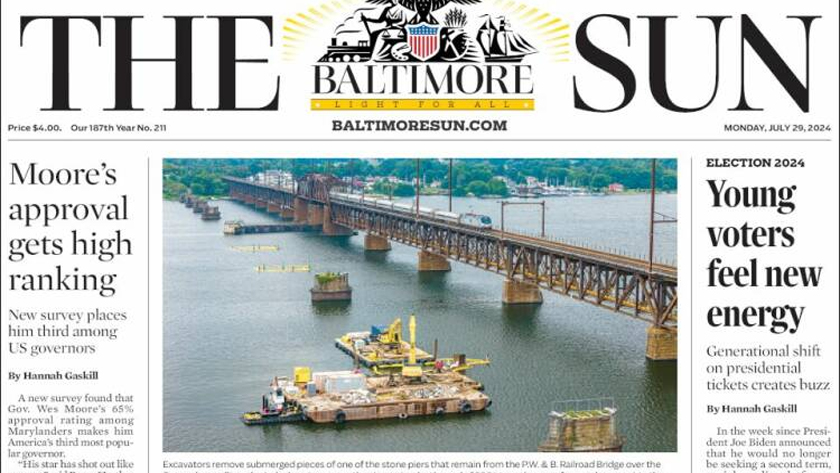The Next Potential U.S. President: Tied to the Incumbent, Yet Promising Change
As the United States approaches another pivotal election season, the political landscape is abuzz with speculation and anticipation. A prominent figure in this unfolding drama is someone intricately linked to the current administration but whose distinct approach suggests a potential shift in governance style.
In recent years, the political climate has been characterized by strong partisanship and contentious debates. The incumbent president, having served a term marked by significant policy changes and administrative challenges, is seeing his potential successor rise in prominence. This successor, while closely associated with the president and his agenda, is widely perceived to embody a refreshing difference in leadership style and policy priorities.
Context and Recent Historical Background
The nation has traversed a complex journey since the last election. The current administration, despite facing unprecedented challenges—including a global pandemic, economic turmoil, and increasing social unrest—has managed to enact several landmark policies. Initiatives have ranged from sweeping healthcare reforms to aggressive climate action plans, aiming to steer the nation towards a more sustainable and equitable future.
However, the administration’s journey has not been without its share of criticism. Opponents argue that certain policies have exacerbated societal divides and strained international alliances. It is within this context that the president’s potential successor is poised to make her mark.
A Potential New Era in the Oval Office
The candidate in question is not just any political novice but a seasoned political figure with a deep understanding of the inner workings of the federal government. Her track record speaks volumes about her capability and vision. Yet, unlike the current president, she exhibits a more collaborative leadership approach, often emphasizing dialogue and bipartisan cooperation over unilateral decision-making.
One major aspect of her platform is a renewed focus on social justice issues. While the incumbent’s administration has made considerable progress in this domain, the candidate promises to amplify these efforts. Her campaign emphasizes comprehensive reforms in criminal justice, greater investment in public education, and robust policies to combat systemic racism.
Furthermore, her approach to foreign policy illustrates a departure from the current administration’s strategies. Advocating for a more diplomatic and multilateral approach, she seeks to rebuild international alliances and restore the nation’s leadership on the global stage. Her stance on climate change reform is particularly noteworthy, advocating for more aggressive measures to meet international climate goals and transitioning to a green energy economy.
Public Perception and Electoral Prospects
Public opinion remains divided. Supporters view her as the ideal continuation of the current administration’s vision, albeit with the finesse to address its shortcomings. Her critics, however, are wary of her association with some of the administration’s more controversial policies. Moreover, her ability to galvanize undecided voters and those disenchanted with the political status quo remains a crucial determinant of her electoral prospects.
As the election draws closer, her campaign continues to gain momentum. Through town halls, debates, and strategic media engagement, she articulates her vision for a "better, more inclusive America." Analysts contend that if she succeeds, it could herald a new era in U.S. politics—one that retains the core values of the current administration while paving the way for innovation and progress.
In conclusion, the potential successor to the Oval Office, intricately tied to the president’s legacy yet promising a new approach, introduces a compelling dynamic to the upcoming election. As the nation stands at this crossroads, the choice voters make will undoubtedly shape the direction of the country for years to come.
For more information on current U.S. political developments, visit [link to the official platform].
This article reflects an in-depth exploration of a potential shift in U.S. leadership, offering readers a comprehensive understanding of the candidate poised to bring both continuity and change to the highest office in the land.
